Do you have trouble differentiating handmade oriental rugs from Persian rugs?
If the answer to that question is yes, then you’ve come to the right place!
Dive deep into the intricate designs and handcrafted motifs to find out how Persian and handmade Oriental rugs are different from one another.
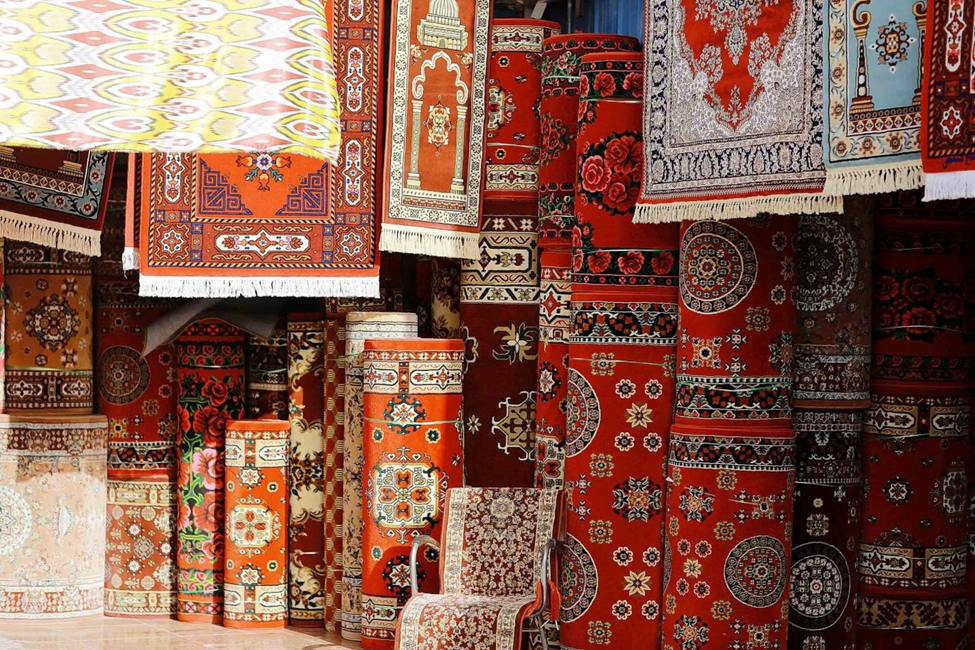
About Handmade Oriental and Persian Rugs
Handmade rugs are luxurious masterpieces of hand-knotted wool. The art has been passed down from one generation to the next for centuries, and it's kept alive by the makers of Oriental and Persian rugs even today.
Oriental rugs come in a wide range of types, and Persian rugs are one of them.
Let’s elaborate on the standout features of both rugs to understand more!
What are Handmade Oriental Rugs?
Handmade Oriental rugs are classified depending on their country of origin, such as Pakistani rugs, Turkish rugs, Indian rugs, etc. Some early handmade Oriental rugs come from Tabriz, Persia (Iran), Kashan, Iran, and Tabriz, Azerbaijan.
The earliest known date associated with an oriental rug is around 1200 BC when a silk carpet was found in the tombs of Pharaoh Tutankhamun.
Traditional Oriental carpets are made entirely of 100% natural materials including sheep's wool, cotton, camel hair, and pure silk. The pile (the top layer) is generally made of sheep's wool, while the warp (the bottom layer) is usually composed of cotton or sheep's wool.
What are Persian Rugs?
Persian rugs are also sometimes known as Iranian carpets since they first originated in Iran (previously known as Persia). These are thick floorcoverings crafted in Iran for a range of practical and symbolic uses and sold locally and internationally.
Weaving carpets is an important aspect of Persian culture and Iranian art, hence the rugs were of great importance to the locals and included designs with symbolic motifs
How are Oriental Rugs Different from Persian Rugs?
Chinese, Indian, and Pakistani carpets are the most common types of Oriental rugs. Carpet weaving is an age-old tradition in these countries, with carpets being a part of their culture. Moreover, handmade rugs are also an important economic driver in these countries.
Wondering what’s the difference between Oriental and Persian rugs?
In actuality, Persian rugs are one of the types of Oriental rugs. This means one could say that all Persian rugs are also Oriental rugs.
But…
In comparison to the other types of Oriental carpets, the Persian rugs are distinctively unique and quite different.
While most Oriental rugs are hand-knotted, Persian rugs are typically thinner and less heavy than other types. Moreover, Persian rugs have less complicated design patterns that are often geometric and floral.
Here are the major differences between both types of rugs:
They can be found in many colors and shapes with an intricate pattern of knots or asymmetrical designs on the surface of the rug. However, Persian rugs have brighter and bolder colors, while other Oriental rugs have less bright tones.
Persian rugs are typically thinner than the handmade Oriental rugs since they are not made of wool but instead woven with cotton or natural fibers that imitate the texture of wool (lamb’s wool, mohair, or polyester).
Many Persian rugs for sale have a pattern and the colors differ from dark red to light yellow or brown with intricate designs on them. Due to their thin construction, these rugs can be folded into a much smaller size than an Oriental rug. The most common Persian rug is the salt and pepper rug, which has two rows of roundels that alternate with a row of rectangular shapes.
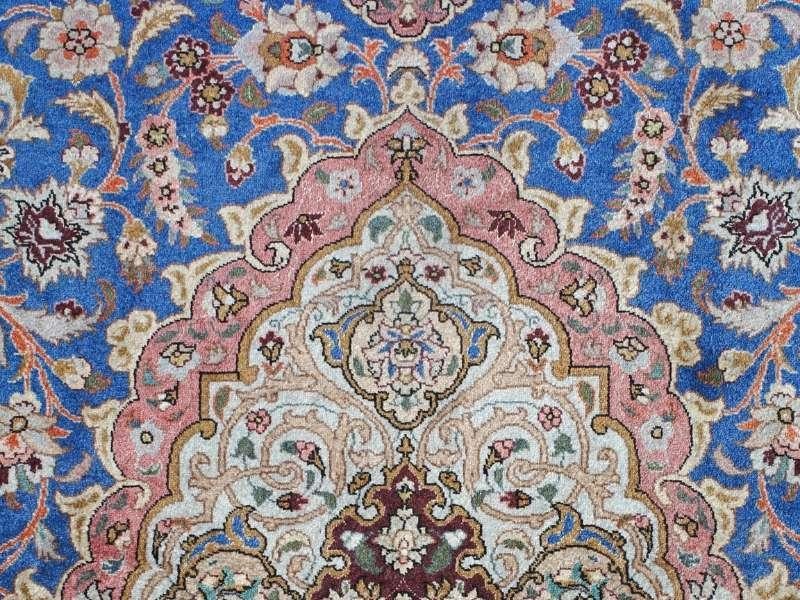
Persian rugs are much cheaper than other carpets of similar quality solely because they're easy to weave and some of the materials used to make them can be found around the home. Though they're still just as beautiful, they often last a lifetime, and embroideries are often made with traditional themes such as flowers, animals, and more.
All genuine Oriental and Persian carpets come with fringes. The fringes are an essential element of the carpet since they are the end of the warp threads. If a rug is without these components, it is unlikely that it is a real Oriental or Persian carpet.
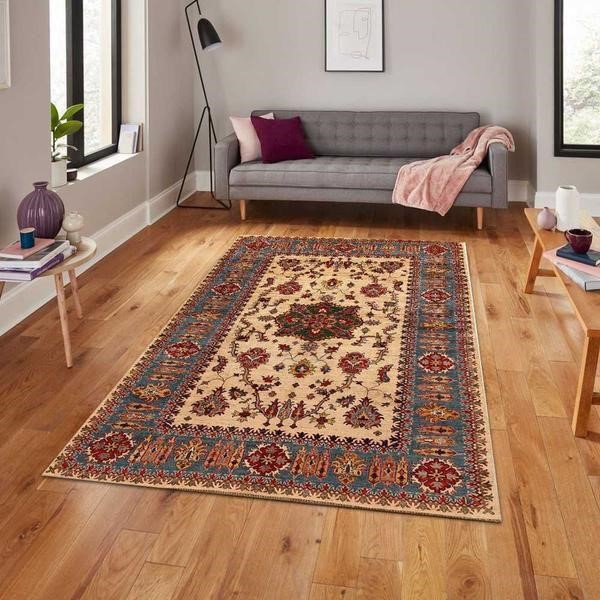
Oriental rugs are woven on a jacquard loom, while Persian rugs are woven on a tabby loom. A handmade oriental rug has a wool foundation and is usually made up of a cotton warp. It is woven with wool, cotton, silk, or a combination of these materials in various patterns and colors.
Asymmetrical Ghiordes knot is used to bind Oriental carpets. The asymmetrical or Senneh knot is most commonly used in Persian rugs. Persian carpets are known for having high knot counts and are considered the best quality Oriental rugs in the world.
Depending on where they are made, these two types are a bit more expensive and usually used in places like Europe. On the other hand, if there is a higher concentration of cotton in the rug it means they are simpler and therefore less expensive.
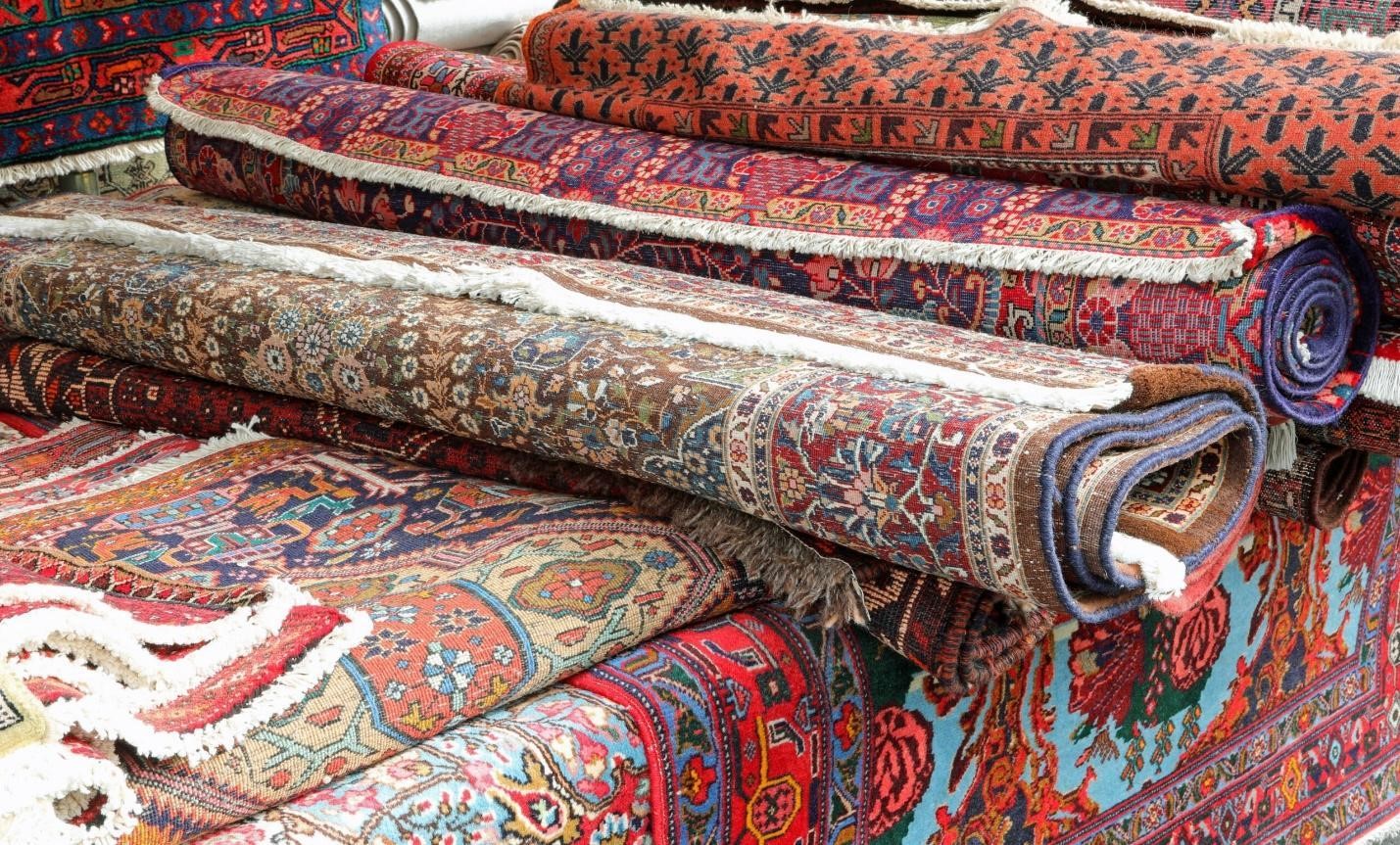
What are Some Similarities Between Oriental and Persian Rugs?
Persian carpets and Oriental rugs are both beautiful pieces of art that have been crafted with lots of love and care and have also been constructed with 100% natural materials.
Just like Oriental rugs, Persian rugs are also handmade by skilled artisans who invest a lot of time and effort into each rug that they create. They are dyed with natural dyes, which take time and patience.
Oriental carpets, like Persian rugs, use the same designs, but with a twist. Flora and wildlife designs are frequently included, with a more curved line quality than Persian carpets. Mountains, farms, lakes, and forests are among the landscape designs available.
You may be certain of the durability of both handmade Persian and Oriental carpets since they are made with thousands of hand knots. The customer can be confident that whichever type of rug they’ll buy will withstand normal wear and tear. The majority of these carpets are promptly passed down through generations.
If you take proper care of a handmade Oriental rug you purchase, it will retain its value as it ages. To ensure that your investment appreciates, be sure to clean it with a solution of water and vinegar periodically (1-2 times per month), vacuum regularly, and avoid excessively wetting the material in general.
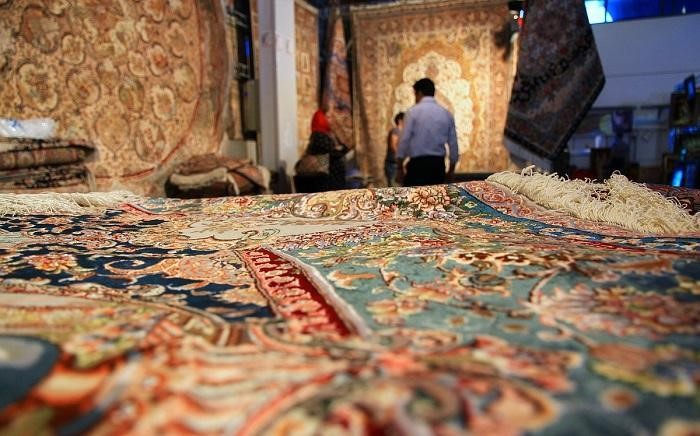
It might be difficult to tell the difference between Persian and Oriental carpets. They are popular carpets because of their natural wool fibers, old, detailed designs, and durability. Both types of carpets are handmade to last for many years.
Oriental and Persian carpets are both stunning and one-of-a-kind art pieces. Whether you choose a Persian carpet or a handmade oriental rug, it will be the focal point of your décor. The only tough decision is deciding on the pattern and color palette that would suit your home best.













